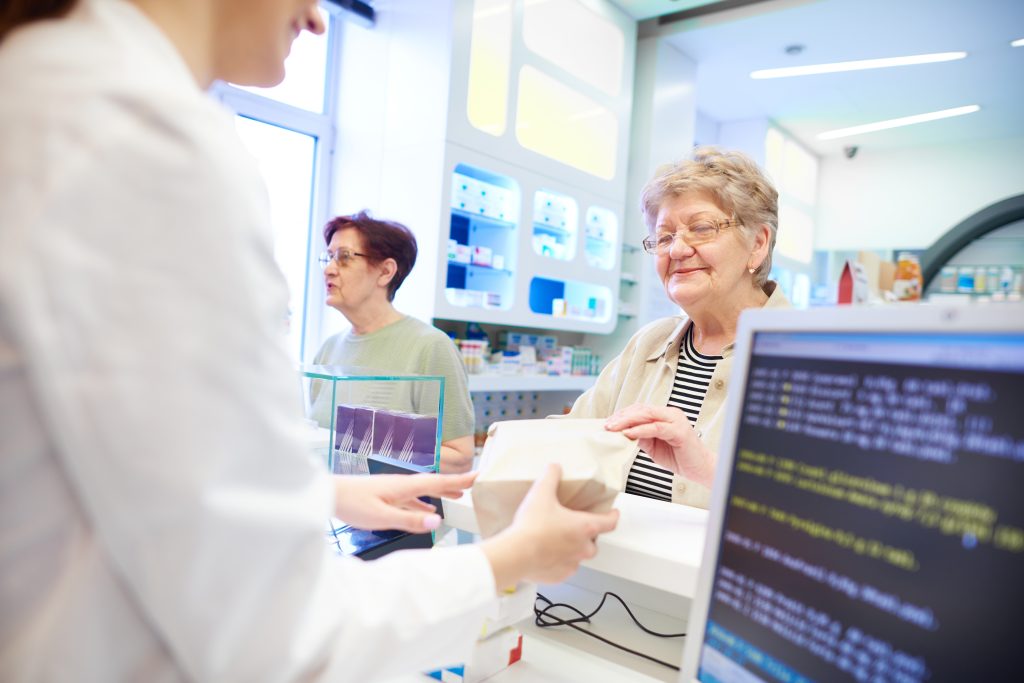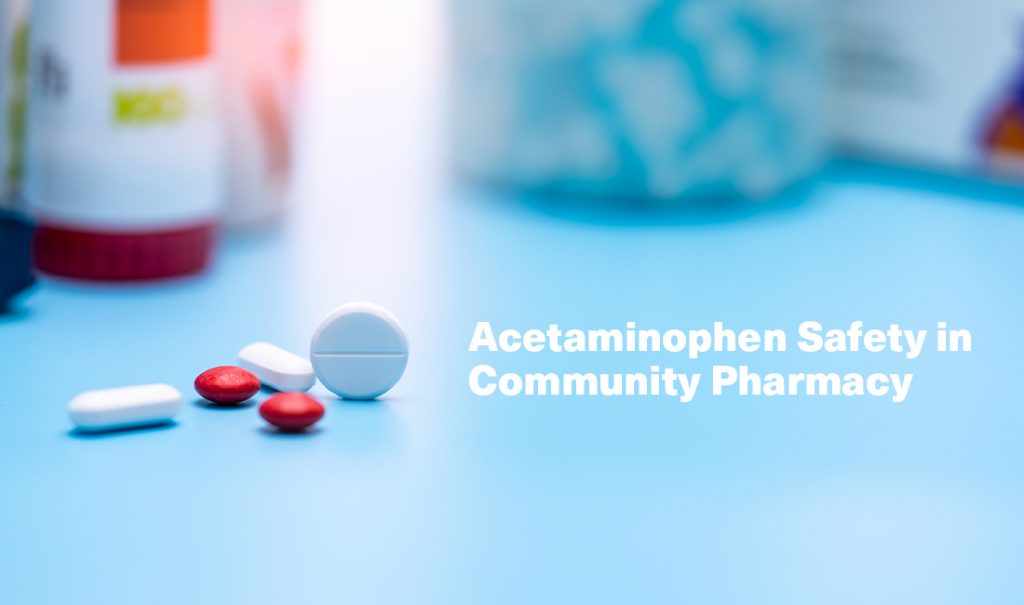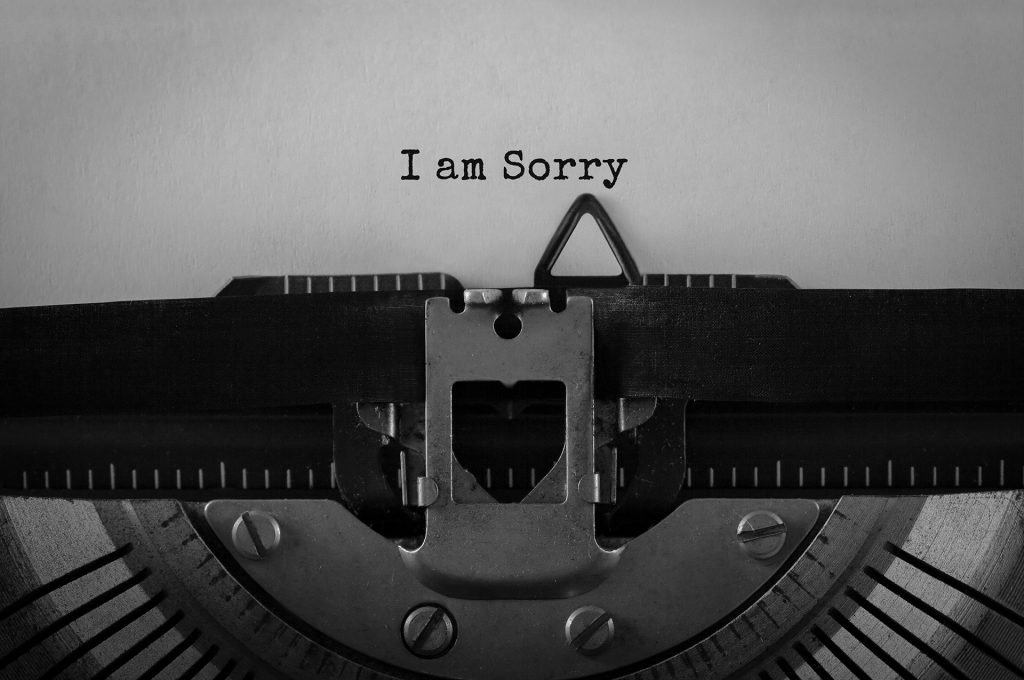Starting Strong: Onboarding Your Team to Safety IQ in a New Pharmacy

Explore essential onboarding strategies for new pharmacy staff, including introducing Safety IQ principles, ensuring clarity about safety roles, and aligning team members with the pharmacy’s safety goals from day one.
Collecting Critical Patient Information: Key to Preventing Medication Incidents

Guest Author: Eunice Valencia, PharmD (she/her) Eunice is a PGY-1 pharmacy resident at the Winnipeg Regional Health Authority. She received her Doctorate of Pharmacy (PharmD) from the University of Manitoba in 2024. Her residency experiences have provided her with a strong foundation in clinical practice, and she is passionate about identifying and developing strategies to optimize patient […]
Coordination Between Health Care Providers: A Key Factor in Medication Safety

Learn how timely and seamless communication between providers can prevent medication incidents and prevent patient harm.
Dialogue and Health Literacy: Bridging Gaps for Patient Understanding in Community Pharmacy

Gaps in patient understanding and health literacy can lead to medication incidents. Learn 5 simple approaches to improve patient engagement and reduce the chances of patient harm.
Fatal Overdoses of N-Acetylcysteine Highlight the Role of Community Pharmacy in Reducing Risk of Medication Harm

In several countries including Canada, acetaminophen overdose is the leading cause of liver failure that results in permanent injuries, transplants, and death. But a recent ISMP Canada Safety Bulletin highlighting two fatal overdoses of N-acetylcysteine, the antidote to acetaminophen overdose, underscores the continuum of risk patients face with acetaminophen use. Community pharmacists have a key role […]
“Press Play on Safety Conversations” for CPSW 2022

The COVID-19 pandemic revealed and exacerbated gaps in the safety and quality or healthcare in Canada. As the pandemic wears on, healthcare providers like you are facing increased stress, burnout, and resource scarcity, increasing the risk of patient harm. Older adults in particular face systemic barriers to safe and effective care. Canadian Patient Safety Week […]
5 Key Points of the Teach Back Method for Patient Counselling

The teach-back method is an essential technique used to improve patient health literacy and confirm a patient’s understanding of their medications before they leave the pharmacy. As patient education is one of the key roles of a pharmacist, it is vital for pharmacists to ensure that the medication information relayed is clear, concise, and understood […]
Don’t Drop the Ball: Safer Handoffs in Community Pharmacy

Comprehensive, accessible, timely, and correct communication is key to providing safe and effective healthcare. Many studies have identified poor communication as a primary contributing factor to patient harm especially during the transfer of care between providers. Studies of these transfers or ‘handoffs’ in healthcare have shown that there is an increased risk of patient harm […]
Full Disclosure: What Makes a Good Apology

While medication incidents that reach a patient tend to be rare in community pharmacies, they do occasionally happen. For most pharmacy professionals, patient harm is one of their greatest fears. Disclosing a medication incident to a patient or their loved one or agent is a difficult but necessary step to patient care that requires compassion […]
4 Safety Culture Resources for Community Pharmacy

According to the US Institute of Medicine, “the biggest challenge to moving toward a safer health system is changing the culture from one of blaming individuals for errors to one in which errors are treated not as personal failures, but as opportunities to improve the system and prevent harm.” Unfortunately, a ‘blame and shame’ approach […]